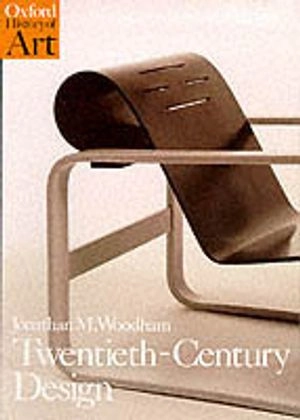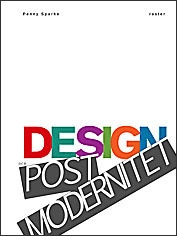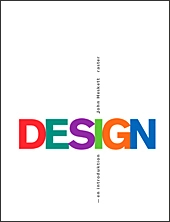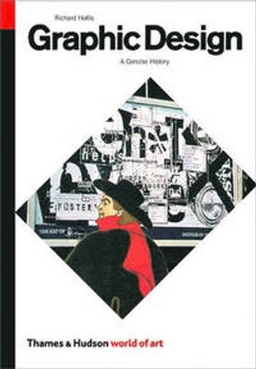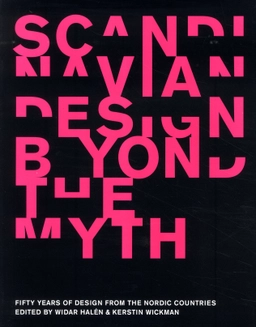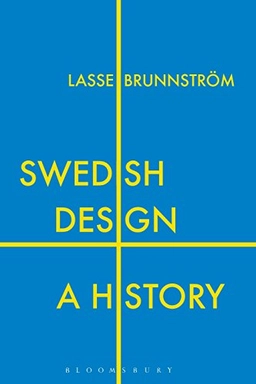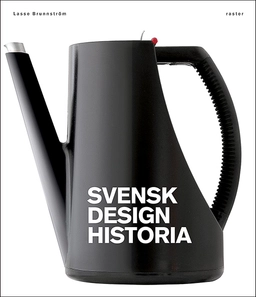The most famous designs of the twentieth century are not those in museums, but in the marketplace. The Coca-Cola bottle and the McDonald's logo are known all over the world, and designs like the modernistic `Frankfurt Kitchen' of 1926, or the 1954 streamlined and tail-finned Oldsmobile, or `Blow', the inflatable chair ubiquitous in the late sixties, tell us more about our culture than a narrowly-defined canon of classics. Drawing on the most up-to-date scholarship (not only in design history but also in social anthropology and women's history), Jonathan Woodham takes a fresh look at the wider issues of design and industrial culture throughout Europe, Scandinavia, North America, and the Far East. He explores themes such as national identity, the `Americanisation' of ideology and business methods, the rise of the multi-nationals, Pop and Postmodernism, and contemporary ideas of nostalgia and heritage, and sets the proliferation of everyday design against the writing of critics as different as Nikolaus Pevsner, the champion of Modernism, and Vance Packard, author of The Hidden Persuaders. In the history which emerges design is clearly seen for what it is: the powerful and complex expression of aesthetic, social, economic, political, and technological forces.
Åtkomstkoder och digitalt tilläggsmaterial garanteras inte med begagnade böcker
